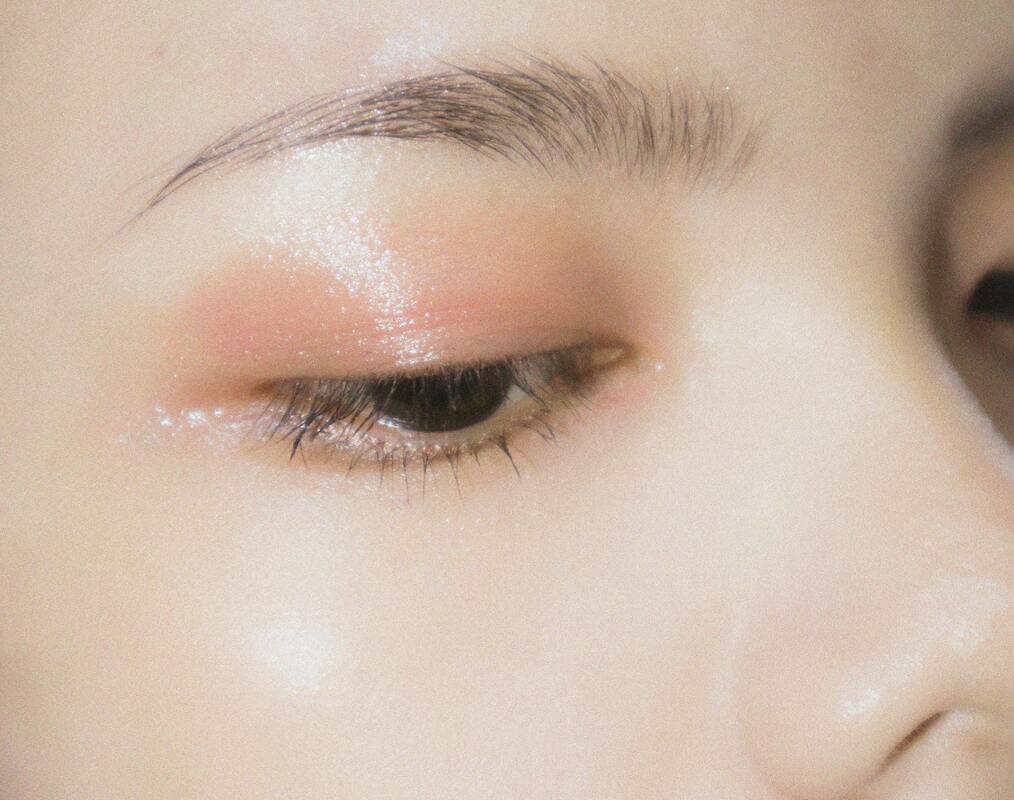|
SEARCH My Blog (Opens in new tab)
Free radicals age you prematurelyIt's said that our skin is a window into our inner health. That may not be true for marathon runners, whose skin belies their inner fitness. For others, naturally healthy-looking skin says something about how we take generally care of our health. For skin, damage prevention is the number one strategy. We need to prevent damage from the sun and the environment, and damage from poor food choices. There are two primary causes of skin aging - intrinsic, and extrinsic. Intrinsic skin aging The first is intrinsic skin aging, which represents chronological aging. Chronological aging affects the skin in the same pattern that it affects all internal organs. Extrinsic skin aging The second is extrinsic skin aging, which we view as the aged skin. This aging is the result of external factors and environmental influence, mainly chronic sun exposure and ultraviolet (UV) irradiation but also smoking, pollution, sleep deprivation and poor nutrition. The skin's enemy is free radicalsThe overarching goal of the various preventative strategies for skin health is to reduce the production and circulation of free radicals. Free radicals arise when metabolic processes are under stress. This stress could be mental, nutritional or physical stress. Our body is always in a cycle of generating free radicals and neutralising them. This cycle is normal good health. But if our underlying stress increases then free radical production increases. If we lack the health to neutralise this increased volume, then the free radicals start attacking our organs, including our skin. Antioxidants generated from our food help to neutralise free radicals. Your skin shows how well you eatThe best prevention strategy against the harmful action of free radicals is a well-regulated lifestyle (caloric restriction, body care and physical exercise), with low-stress conditions and a balanced nutritional diet, including anti-oxidative rich food. A variety of plant extracts with (reportedly) strong antioxidant properties have been widely used in the skincare industry either as topically applied agents or oral supplements in an attempt to prolong youthful skin. These can be beneficial but are expensive. The best nutrition for skin health is a diet which is rich in vitamins, carotenoids, tocopherols, and flavonoids. These are all antioxidants. Typically you can obtain what you need from a daily combination of these types of foods: strawberries, blueberries, cherries, and oranges, fatty fish, spinach, nuts (like walnuts and pistachios), olive oil, cruciferous vegetables (broccoli, brussels sprouts), and legumes. Add in grains such as rye, barley and oats. Also, some probiotics (fermented foods) will improve your skin health. Vitamin C and E are buddies, so eat enough of eachVitamin C and vitamin E act synergistically to support skin health, so look to get both from your daily food. Vitamin E helps against collagen cross-linking and lipid peroxidation, which are both linked to aging of the skin. Topical applied vitamin E is described as reducing sunburned cells, chronic UVB-induced skin damage and photocarcinogenesis in the majority of the published studies. Omega-3 can also help - inside and outsideOmega-3 is especially beneficial since some research shows that it has a protective effect on both extrinsic and intrinsic skin aging. In fact, applying purified omega-3-rich oil to the skin has shown some success in moderating the damage caused by UV radiation. Love fatty fish? I do - fish with the highest omega-3 content are salmon, tuna steaks, mackerel, herring, trout, anchovies, and sardines. These are loaded with good fats. Interestingly, farm-raised salmon have a higher load of omega-3 because they are fed high-protein pellets which makes them larger and carrying more total fat than wild salmon, who have to fight for their food. If you don't like fish — consider a high-quality omega-3 supplement. Read the details carefully as there are many low-grade omega-3 supplements. Unless it is harvested (from fish) and stored very precisely, it oxidises and loses its value. More nuts and seedsYou can also get omega-3s from ground flaxseed or flaxseed oil, chia seeds, walnuts, canola oil, and soy oil. One to two servings per day can help you avoid a deficiency. RELATED: The Best Food To Help You Sleep Better And Break The COVID Stress Cycle RELATED: Too Much Omega-6 Can Harm Us, Unless We Eat More Omega-3 Green tea better than vitamins C & EGreen tea contains, among others, the cancer-fighting flavonoid epigallocatechin gallate (ECGC). ECGC is unique in that it seems to battle cancer at all stages, from thwarting chemical carcinogens, to suppressing the spread of tumours. ECGC may also be beneficial for the skin. It is as much as 100 times more potent an antioxidant than vitamin C, and 25 times more powerful than vitamin E. (ECGC also may account for the antibacterial properties of green tea.) A few cups of green tea daily might be an excellent boost for your skin. Better sleep better skinIn a recent study, researchers found that those who didn't sleep well exhibited more signs of skin aging. These signs included fine lines, uneven pigmentation and reduced skin elasticity. Most of us need 7 to 9 hours of good sleep every night. We know what it looks like when people have not slept well - it shows immediately in the health of their skin on their face. Some of the best foods to help you sleep are pistachios, cottage cheese, and tart cherry juice. Drink the latter close to bedtime, and eat the others about 3 hours before bedtime. Use sunscreenTo help prevent premature skin aging, protect your skin from the sun with suitably strong sunscreen. It's never too lateWhen it all boils down, a good diet of fruit and vegetables is the most healthy and safest method to maintain youthful appearing skin. And by using sunscreen. As with exercise, it is ever too late to benefit. Even people who already have signs of premature skin aging can benefit from making lifestyle changes - better food (not too much of it) and more exercise while keeping out of the strong UV sunlight. Good luck > More posts to help you with EXERCISES > More posts to help you with DIABETES > If you are a @MEDIUM reader my publication Body Age Buster has hundreds of categorised posts which I have written especially for men and women over 50. Follow me on Quora for more health and fitness tips.
If you valued this article >> Follow me Leave a comment >> Share it >> Stay healthy If you have any questions email me and I will get back to you. Latest: get your free customised fitness plan designed uniquely for you.
|
ChoicesSince I was diagnosed at 50 with Type 2 diabetes I've been learning how to do bone-building fitness training which lowers my age. You can too. It's your choice. Walter Categories
All
Archives
May 2023
|

 RSS Feed
RSS Feed



